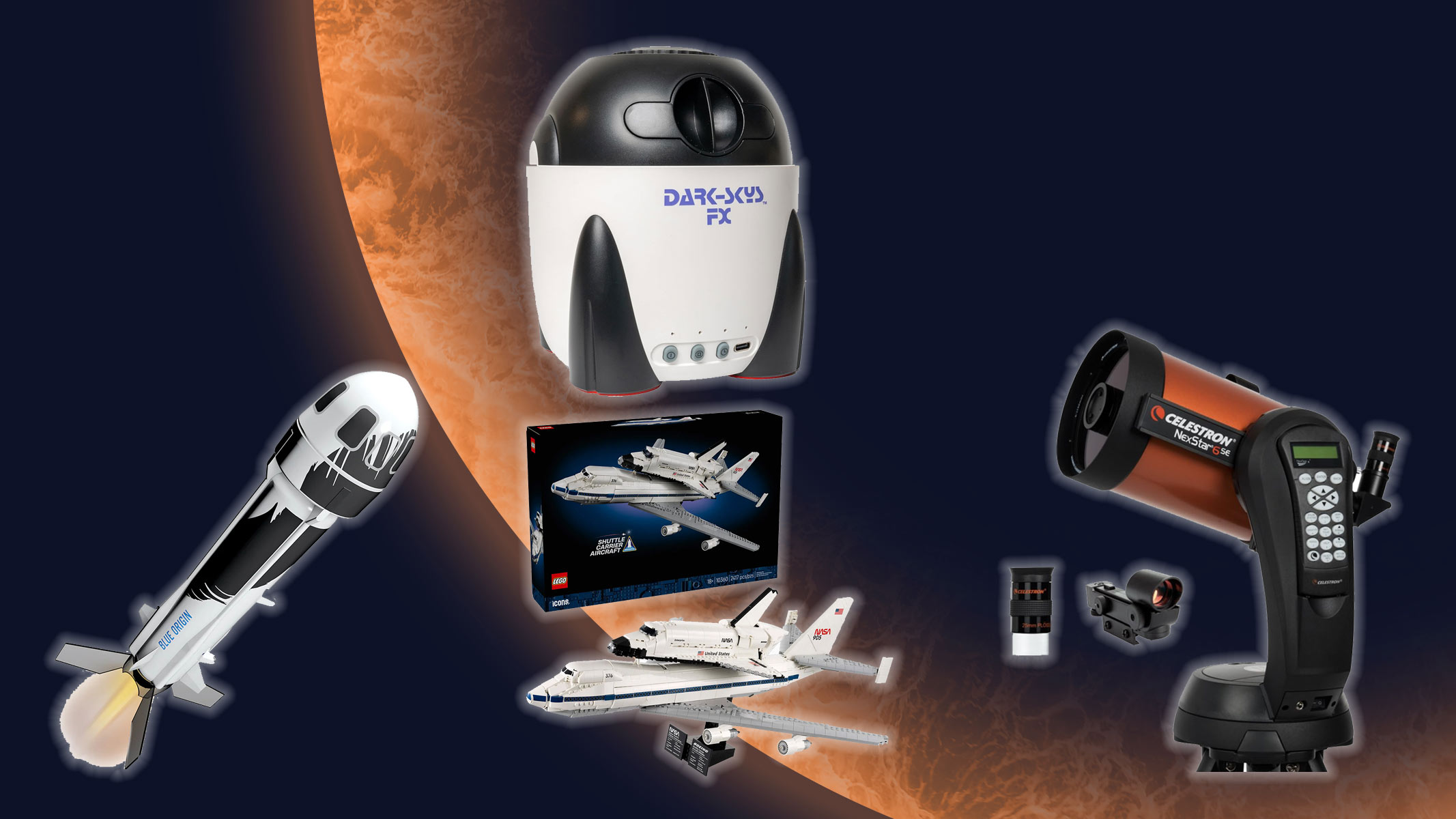Star-studded stellar nursery shines in new Hubble Telescope photo
Hubble has photographed a bright stellar nursery studded with dazzling infant stars.

The Hubble Space Telescope has photographed a bright stellar nursery studded with dazzling infant stars.
Taken using Hubble's Wide Field Camera 3 instrument, the image captures a massive protostar called OH 339.88-1.26 lurking behind star-forming clouds of dust and gas. OH 339.88-1.26 lies an estimated 8,900 light-years from Earth in the constellation Ara.
During the protostellar phase, stars are still in the process of gathering mass from their parent molecular clouds. Despite its young age, OH 339.88-1.26 is estimated to be about 20 times the mass of the sun, according to a statement from the European Space Agency (ESA). (Hubble is a joint mission of NASA and ESA.)
Related: The best Hubble Space Telescope images of all time!
"Winding lanes of dark dust thread through this image, which is also studded with bright stars crowned with criss-crossing diffraction spikes," ESA officials said in the statement. "The dark vertical streak at the center of this image hides OH 339.88-1.26, which is an astrophysical maser."
A maser (short for "microwave amplification by stimulated emission of radiation") is a naturally occurring source of stimulated spectral line emission, or laser, that produces coherent light at microwave wavelengths. This type of emission has been observed in molecular clouds, comets, planetary atmospheres like that at the north pole of Jupiter and stellar atmospheres, ESA officials said.
The recent views of OH 339.88-1.26 were collected as part of an initiative to study the hearts of regions where massive stars are born to better understand the nature and formation of protostars like OH 339.88-1.26.
Breaking space news, the latest updates on rocket launches, skywatching events and more!
Observations to support Hubble's findings were also taken using the ground-based Atacama Large Millimeter/submillimeter Array (ALMA) in Chile and the now-retired Stratospheric Observatory For Infrared Astronomy (SOFIA), which previously operated out of a converted 747 aircraft. ALMA comprises 66 high-precision antennas, spread over distances of up to 10 miles (16 kilometers), making it the largest currently operational ground-based astronomical project, according to the ESA statement.
OH 339.88-1.26, cloaked by dark dust at the center of the image, is surrounded by hundreds of stars whose bright light causes diffraction spikes from reflecting off Hubble's mirrors. The recent image of OH 339.88-1.26 was released online on Monday (Aug. 28).

Samantha Mathewson joined Space.com as an intern in the summer of 2016. She received a B.A. in Journalism and Environmental Science at the University of New Haven, in Connecticut. Previously, her work has been published in Nature World News. When not writing or reading about science, Samantha enjoys traveling to new places and taking photos! You can follow her on Twitter @Sam_Ashley13.
